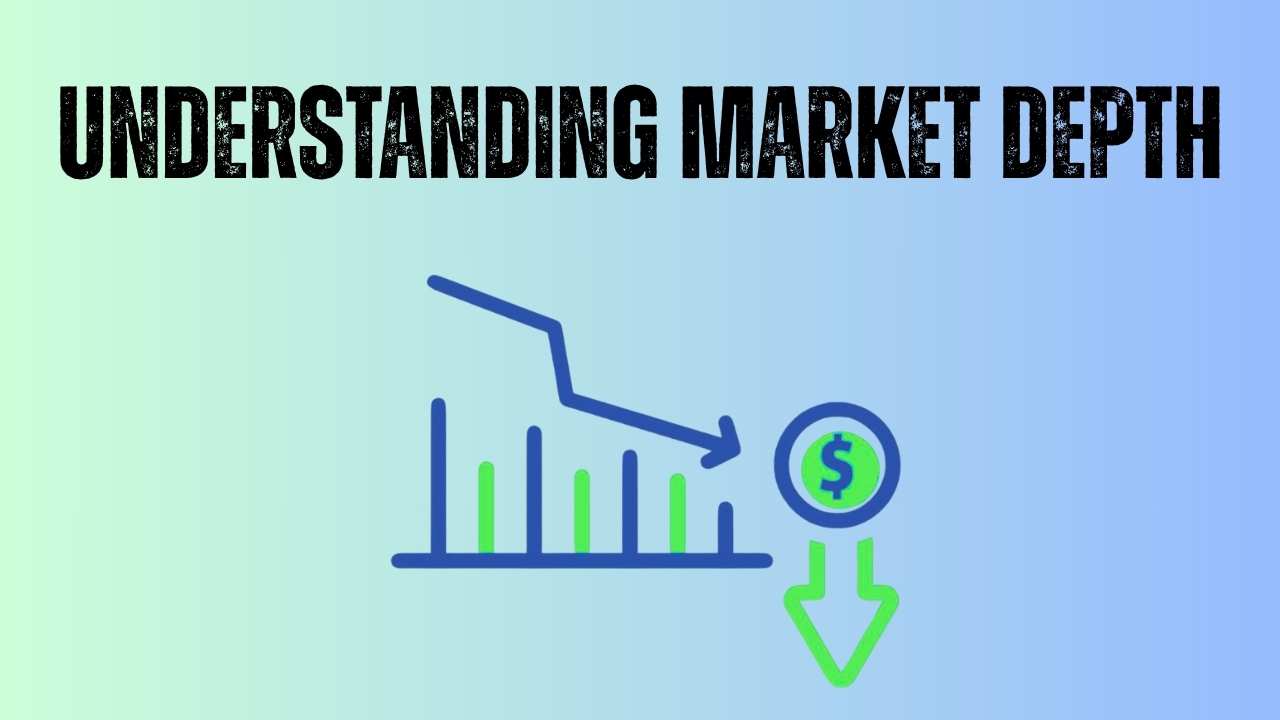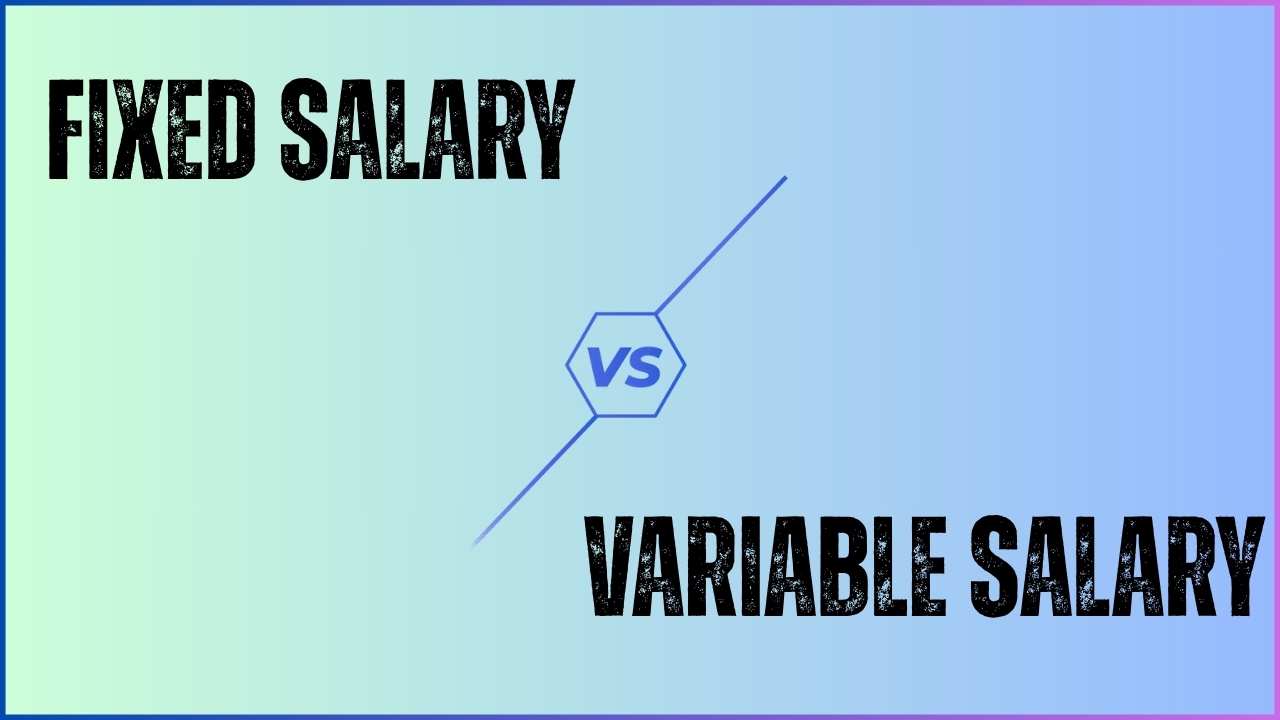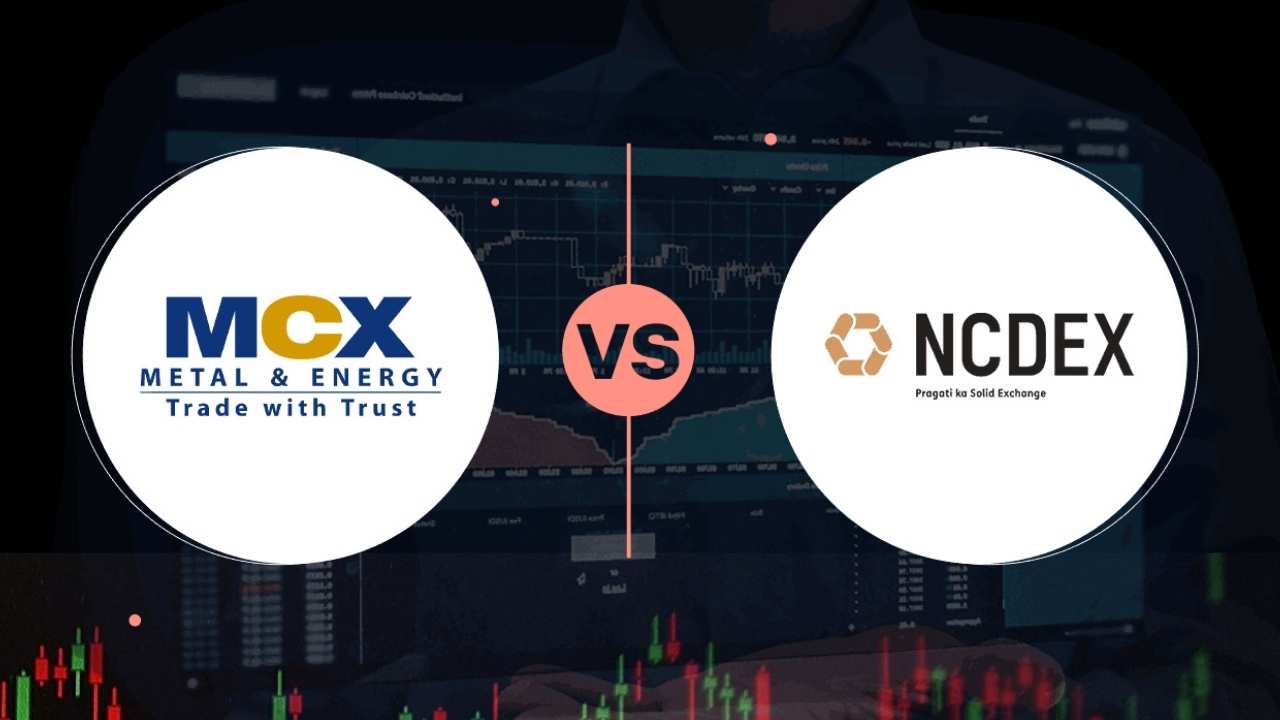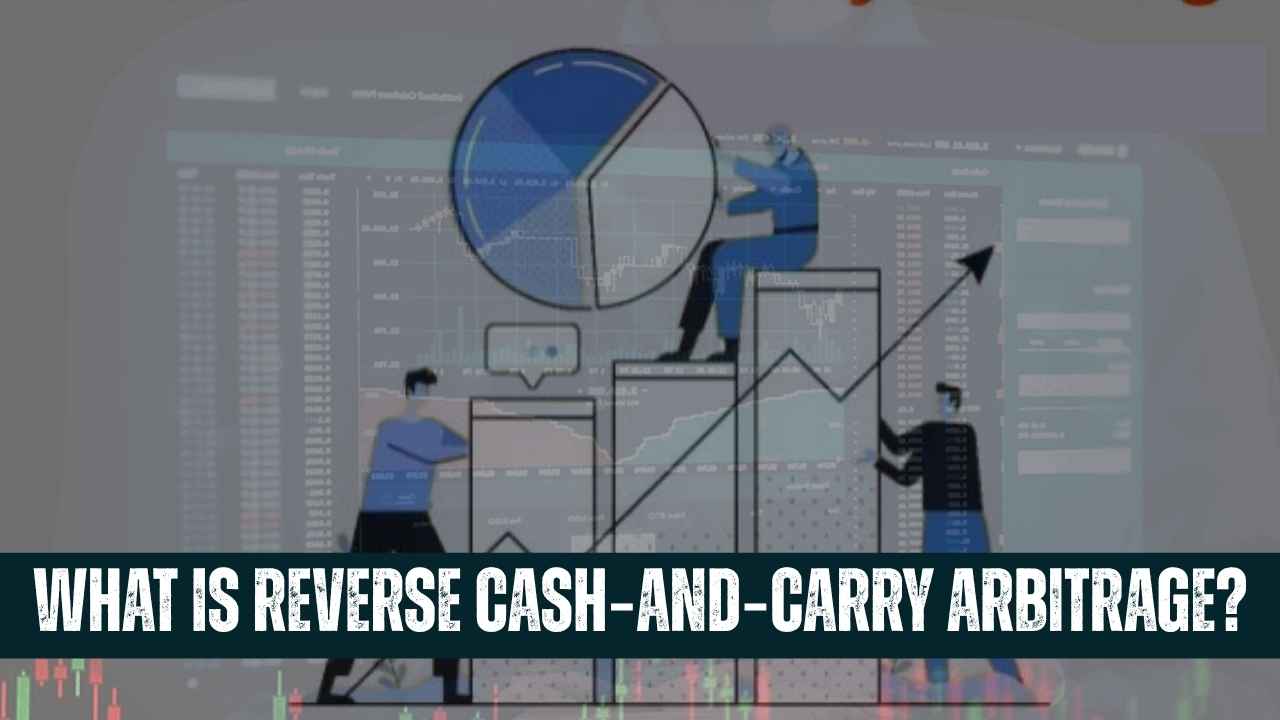Depth of a market refers to its ability to support large orders without significantly impacting the price of an asset. It indicates all the sell and buy orders at various prices in a book of an exchange. A deep market consists of numerous orders near the current price, implying that big trades can execute smoothly. Thin markets consist of limited orders near the current price, implying that big trades can cause sharp price movements.
Whereas market depth itself is all about order-book transparency, it is extremely important in algorithmic trading, where rules programmed in advance examine data and make trades automatically. Algorithmic traders use live market depth data—also referred to as Level II data—to measure liquidity and optimize their approach. Let’s examine how algorithmic trading incorporates market depth and find out about typical strategies, constructing systems, backtesting, and the advantages and disadvantages of automation.
How Algorithmic Trading Uses Market Depth
- Liquidity Assessment
Algorithms track the number of buy and sell orders at different prices. Multiple orders to buy near the market price indicate strong support, and multiple orders to sell indicate resistance. - Price Impact Minimization
By monitoring depth, algorithms are able to break up a big order into little ones so as to reduce price slippage (the gap between anticipated price and real execution price). - Signal Generation
Abrupt additions or cancellations of big orders at major levels can indicate impending price movements. Algorithms pick up on these “order book imbalances” in order to determine whether to buy or sell.
Common Intraday Algorithmic Strategies
- Mean Reversion
- Concept: Prices tend to return to their historical average after big swings.
- Use of Depth: If the order book shows an imbalance—say, many sell orders piling up after a price jump—an algorithm may place a buy order, expecting price to revert upward.
- Arbitrage
- Concept: Profit from price differences of the same asset across exchanges.
- Use of Depth: Algorithms watch depth on multiple exchanges. If Exchange A shows a large buy wall at ₹100 and Exchange B shows a large sell wall at ₹200, the algorithm buys on A and sells on B simultaneously.
- Momentum
- Concept: “The trend is your friend.” Buy assets in uptrends and sell in downtrends.
- Use of Depth: Strong momentum often corresponds with growing order-book imbalances on one side. The algorithm tracks these shifts to ride the trend.
- Market Making
- Concept: Provide continuous buy (bid) and sell (ask) quotes to earn the spread.
- Use of Depth: Algorithms place and adjust bid/ask orders dynamically based on current depth to maintain balanced inventory and capture the difference between buy and sell prices.
- Other Strategies
- Trend Following: Like momentum, but over longer periods.
- Pairs Trading: Trade two correlated assets based on relative order-book changes.
- High‑Frequency Trading (HFT): Exploit very small price differences many times per second, guided by real‑time depth changes.
Building or Using an Algorithmic Trading System
- Choosing a Platform
- Sign up with or develop a platform that aggregates market data (including depth) from multiple exchanges via APIs.
- Defining Models & Strategies
- Map out mathematical models and flowcharts.
- Decide which technical indicators to use (e.g., moving averages, RSI, Parabolic SAR).
- Setting Timeframes & Rules
- Specify when orders should trigger (e.g., if buy‑side depth falls below a certain volume).
- Integrate performance metrics like Sharpe Ratio to balance risk and return.
- Testing & Simulation
- Run algorithms on historical data (including recorded depth) to see how they would have behaved.
- Account for slippage, transaction costs, and market impact.
- Optimization
- Refine entry/exit rules, position sizing, and filters.
- Forward‑test on live or out‑of‑sample data to ensure robustness under changing market conditions.
Backtesting & Optimization
- Purpose: Assess how a strategy would have performed historically.
- Key Metrics: Profitability, drawdowns (largest losses), risk-adjusted returns.
- Depth Data in Backtesting: Simulate order execution by referencing historical depth—this shows realistic fill prices.
- Risk Management: Adjust position sizes and add stop‑loss rules based on backtest outcomes.
Pros & Cons of Automated Trading
| Pros | Cons |
|---|---|
| Speed & Efficiency | Complex Development: Requires programming skills. |
| Algorithms execute in milliseconds. | Difficult to build if you lack technical know-how. |
| No Emotional Bias | Potential for Losses: Faulty algorithms can incur big losses. |
| Decisions are strictly rule-based. | |
| Thorough Testing | Market Volatility Risks: May struggle in sudden shocks. |
| Backtesting helps refine strategies. | |
| Handles Large Volumes | Technical Costs: Needs robust infrastructure and low-latency connections. |
| Executes many orders at once. |
Conclusion
Market depth is the foundation of contemporary trading. By exposing the complete picture of interest to buy and sell at each price, it equips algorithmic systems to make more intelligent choices—breaking up orders, identifying imbalances, and staying with trends. The construction of a successful intraday trading algorithm requires selecting the proper platform, setting reasonable rules, and backtesting intensely with both price and depth data. Though automation provides speed, discipline, and capacity to handle enormous data, it also requires prudent building, continued optimization, and strong protection against technical failure and market shocks.
It is crucial for anyone who wants to use automated trading power in today’s swift markets to comprehend market depth—and how algorithms take advantage of it.











